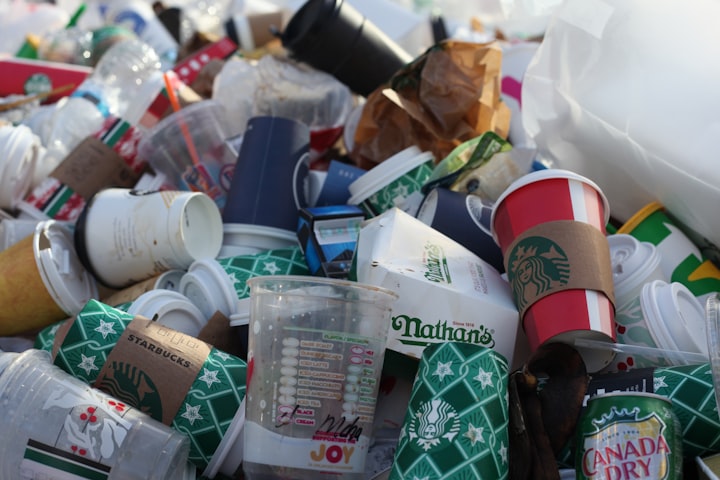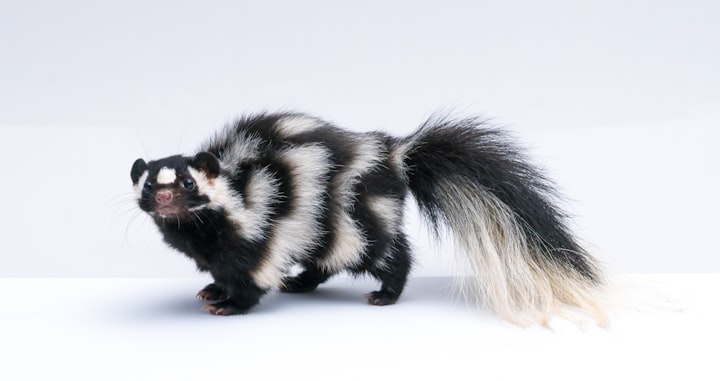The Plastic Problem: Understanding the Impact of Plastic Pollution on our Environment and Health
Exploring the impact of plastic pollution on the environment and human health
Let's discuss plastic. It is all around you! Seriously, everywhere! Are you aware that we generate 380 million tons of plastic every year, and only 9% of it is recycled? There's more, too! Our seas are thought to contain 5.25 trillion bits of plastic, and there are around 27 million tons of plastic in landfills. Yikes!
So what exactly is wrong with plastic? Well, it doesn't decompose when it's thrown out. Instead, it starts to break into tiny plastic pieces called "microplastics," the size of sesame seeds! Furthermore, these microplastics further degrade into nano plastics with a diameter smaller than human hair. In the end, these tiny plastic fragments wind up everywhere, even deep into our bodies. Yeah, our bodies, that's correct!
The main question is how much plastic is in our bodies and what it means for our health. Let us investigate.
First things first, how can plastic end up inside our bodies? Let's start with the meals we consume. When we consume seafood that has been exposed to microplastics from the ocean, those microscopic plastic particles enter our bodies. These microplastics can also penetrate the seeds, fruits, and plant cells of common fruits and vegetables, such as apples, lettuce, and carrots. For instance, did you know that apples often contain over 200,000 bits of plastic per gram?

Drinking water is another source of plastic. According to 2019 research, people who mostly drink tap water consume around 4,000 plastic particles each year, whereas those who solely drink bottled water consume over 90,000. To make the containers more durable, plastic water bottles frequently include chemicals known as phthalates, which leach into the water when exposed to high temperatures or are kept for an extended time.
Microplastics have also been discovered in some of our favorite beers, and scientists are still determining where those plastic particles originated. However, no matter how hard you try, you cannot escape plastic forever. Another source of plastic may be found practically everywhere.
A research group from Ultra University in the Netherlands established a base in the Austrian Alps in January 2022. They examined a piece of snow daily for a month and a half, matching its molecules to those of well-known polymers like polyethylene and polypropylene. They then tracked down their origins. They discovered something unique! Most of the nanoplastics originated from heavily populated places close by. At the same time, 30% came from cities more than 100 miles away, and 10% came from locations more than a thousand miles distant, some of which originated from the Atlantic Ocean's surface.

So, what does all of this mean? We're breathing in plastic! Nanoparticles are tiny and may travel great distances through the wind and into the air around us. Furthermore, the smaller the particles, the greater the risk of inhaling them. According to experts, plastic particles less than one millimeter in diameter can enter deep into the lungs.
These minute plastic particles can reach the water system in several ways, including runoff from landfills, wastewater treatment facilities, and the air. Although research has connected plastic intake to several health concerns, including hormone disruption, reproductive issues, and even cancer, the long-term repercussions of ingesting these microplastics are still unknown.
Plastic waste is a serious issue with far-reaching environmental and human health consequences. Individuals, companies, and governments need to work together to find solutions and reduce the amount of plastic waste produced. Some possible solutions include reducing single-use plastic products, promoting recycling and composting, and investing in the development of biodegradable alternatives. It's also crucial to hold companies accountable for their plastic production and waste, and to push for policies and regulations that promote sustainability and reduce plastic pollution. By taking these steps, we can work towards a cleaner and healthier planet for generations to come.






Comments (1)
This made me think of the movie Dark Waters, and how much of that non-stick stuff is in our bodies... seems like plastic is even worse 😮